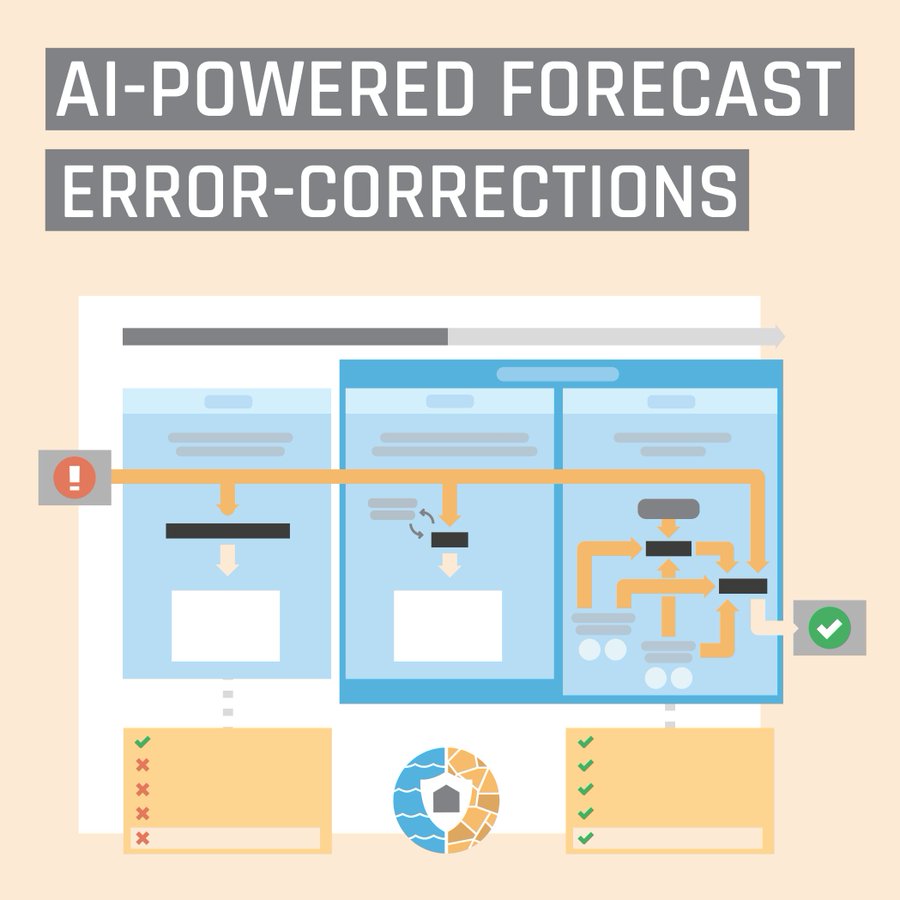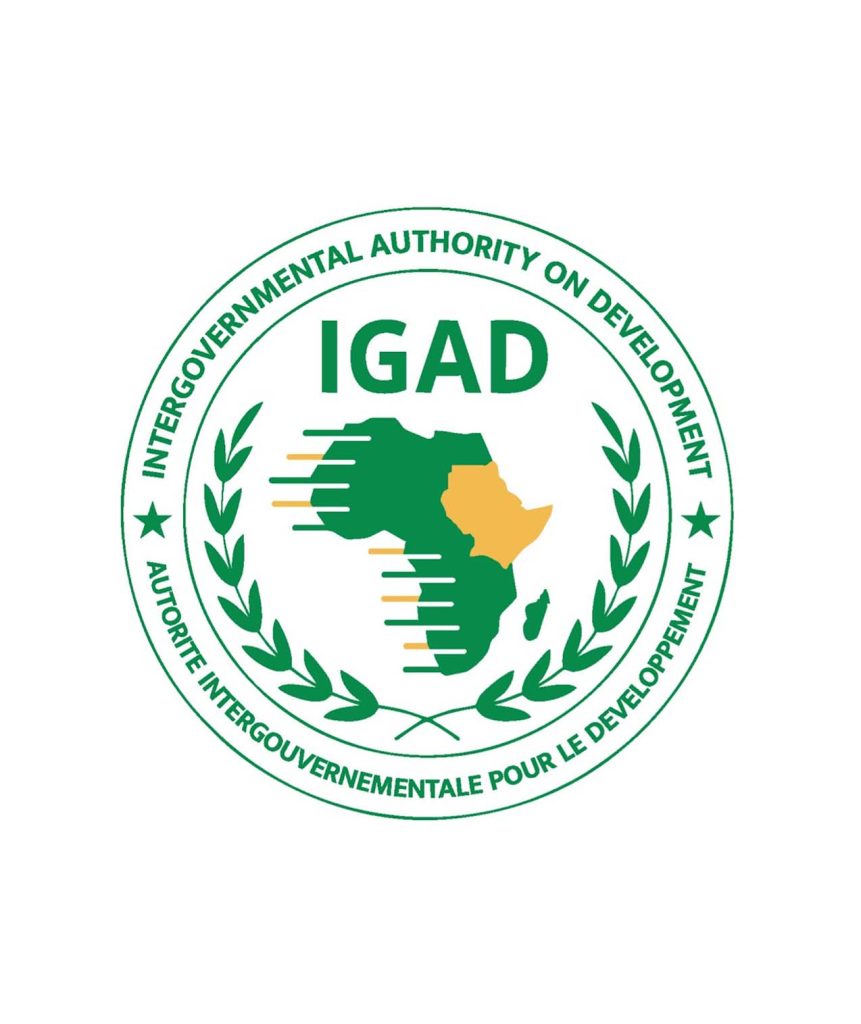A new European research initiative, the Strengthening Extreme Events Detection for Floods and Droughts (SEED-FD) project, is setting new standards for climate resilience with major improvements to global early warning systems. The project, funded by the European Union’s Horizon Europe program, is enhancing the Copernicus Emergency Management Service (CEMS) to provide more accurate and reliable forecasts for floods and droughts, particularly in vulnerable, data-scarce regions.
Climate change has intensified the frequency and severity of hydrological extreme events worldwide, making accurate and timely early warnings more critical than ever. The SEED-FD project directly addresses this challenge by integrating new components into CEMS’s hydrological model, LISFLOOD. These enhancements go beyond traditional forecasting to incorporate complex, real-world hydroclimatic processes.
Key innovations include:
- Groundwater Dynamics: By coupling the LISFLOOD model with specialized groundwater models, SEED-FD is improving the prediction of how groundwater is transported and stored. This is a crucial step for regions where communities rely heavily on groundwater resources, allowing for more precise drought monitoring and management.
- Reservoir Operations: The project is developing an enhanced version of the LISFLOOD model that uses a combination of satellite data and advanced machine learning techniques to better represent the complex operations of reservoirs. This will lead to more accurate flood and drought forecasts by accounting for human-made infrastructure.
- Wetland Behavior: A new component has been added to the hydrological model to simulate how wetlands act as natural sponges. By capturing their ability to absorb water during floods and release it slowly over time, the model can provide more accurate flood risk predictions, helping to protect downstream communities.
These advancements are especially impactful for the Global South, where gaps in observational data have historically limited the accuracy of early warning systems. The SEED-FD project is using test basins in data-rich regions like the Danube and Bhima Rivers, followed by validation in areas such as the Juba-Shebelle, Niger, and Paraná basins, to ensure the global applicability and reliability of its solutions.
By combining cutting-edge science with satellite Earth observation and real-time data from local micro-sensors, the SEED-FD project is bridging the gap between scientific research and operational disaster management. The goal is to provide policymakers, water safety agencies, humanitarian organizations, and citizens with the high-quality, real-time forecasts needed to make smarter, more effective decisions in the face of escalating climate risks.









